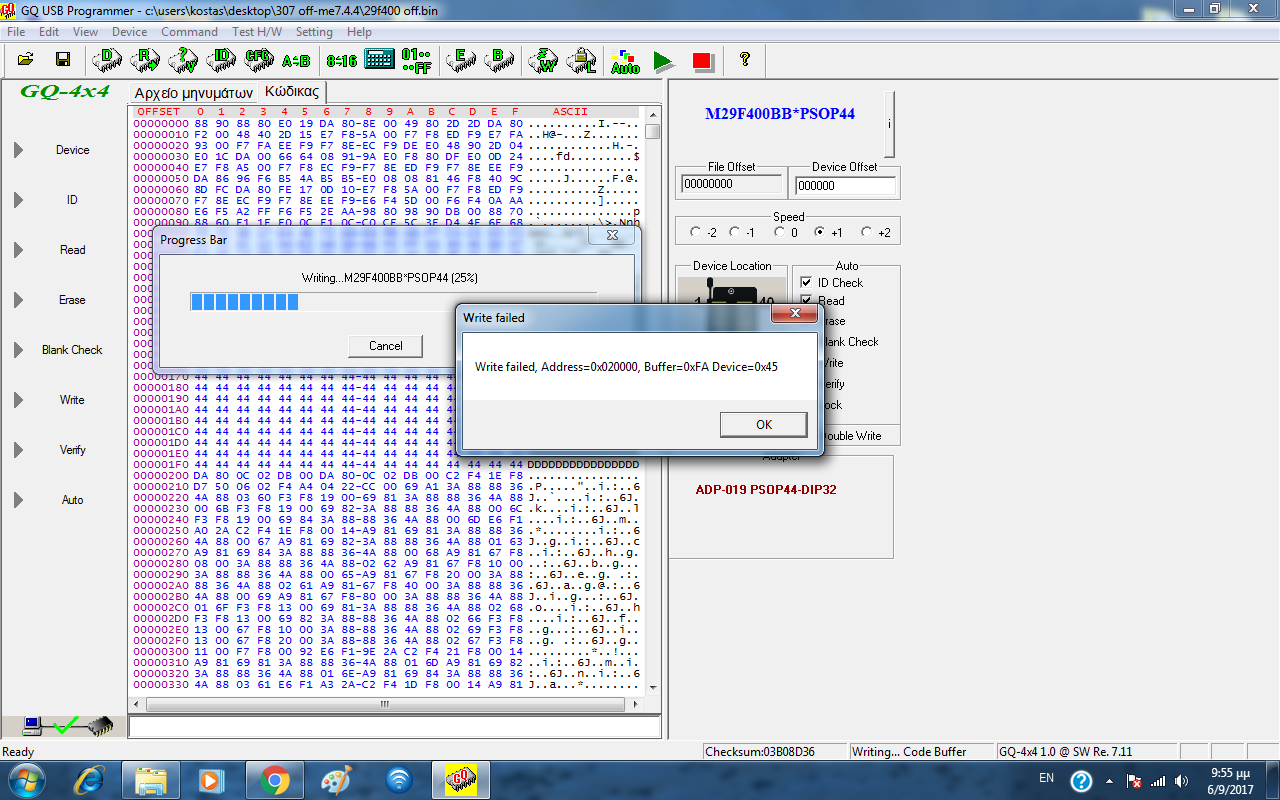


Instead, the user only knows that clicking on the word “here” will cause the web browser to leave the current web page and navigate to another one. In the case of the text “Click here for more information,” where the word “here” represents a hyperlink, the text does not convey the destination of the hyperlink to the user. For example, the textual representation of a hyperlink may not make the destination (anchor) of the hyperlink clear to the user. Textual representations of hyperlinks, however, have certain drawbacks. Textual representations of hyperlinks have the benefit, for example, of allowing hyperlinks to be visually embedded within otherwise normal prose text, such as news articles and email messages, without visually interrupting the flow of such text. In such web pages, all hyperlinks were visually represented using text displayed with a special characteristic (e.g., underlining or a special color) indicating that the text represented a hyperlink. In fact, in the first incarnation of the World Wide Web, web pages could only contain text. Textual hyperlinks have proven to be extremely useful and powerful tools. For example, if a web page includes the text, “Click here for more information,” the word “here” may be underlined to indicate to the user that selecting (e.g., clicking on) the word “here” will cause the web browser to navigate via a hyperlink to another web page (referred to as the “anchor” of the hyperlink). Web pages, and other kinds of hypertext documents, use textual representations of hyperlinks to indicate to the user which hyperlinks the user may follow. The present invention relates to computer-implemented techniques for improving the usefulness of hyperlinks in web pages. 20, 2006, all of which are incorporated herein by reference. 7,529,795, both of which are incorporated herein by reference and which, in turn, incorporate by reference U.S.

8,682,961, which is a continuation of U.S. The present application claims priority to and is a continuation of U.S.


 0 kommentar(er)
0 kommentar(er)
